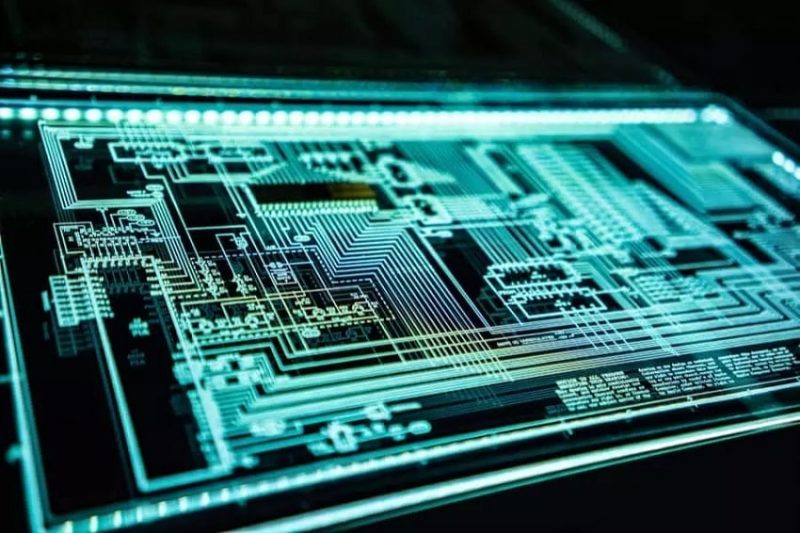Electronic design automation (EDA) provides a solution to the growing complexity of integrated circuit development by providing hardware and software that enables engineers to design, verify, and manufacture complex systems-on-chips. First, let’s discover how electronic design automation work.
How does electronic design automation work?
There are several steps that need to be carried out by the hardware and software that provides electronic design automation. At first, engineers must define their objectives with regards to the product of interest – whether it is one chip or a complete system of chips. The next step is part of what is known as the front-end, when the hardware and software begin to process information for engineers. This step includes everything from receiving initial requirements, such as what type of system functionality is desired, through logic synthesis, sizing estimation, and verification.
Another major part of electronic design automation is back-end processing. The back-end tools must be able to take the information created in the front-end and summarize it into a form that can be used to generate mask sets or IC layouts. The actual generation of mask sets is done by mask setters, while electronic design automation tools will generate netlists (a list of all parts that are connected together) for use with various process technologies. Designers can use simulation tools to verify that the CAD design meets the system requirements.
The final step in electronic design automation is verification, which starts with formal verification and structural checking to ensure that the circuit behaves as it should. This is followed by what is known as diagnostic checks or static analysis of the netlist looking for possible problems with the design. The last step is called simulation, which determines whether the circuit operates as intended and whether it can be fabricated using a specific process technology.
The front-end takes into account everything from user requirements to logic synthesis and verification, while the back-end processing system summarizes information for generating mask sets or IC layouts. The actual generation of mask sets is done by mask setters, while electronic design automation tools generate netlists for use with various process technologies.
Designers can use simulation tools to verify that the CAD design meets the system requirements and ensure successful operation in manufacturing: this is followed by verification to ensure successful operation in manufacturing: this is followed by verification.
What does an electronic designer do?
If you are an electronic designer, then you need to know that there is a lot of work that needs to be done by the hardware and software that provide electronic design automation. In the front-end processing system, it takes into account everything from user requirements to logic synthesis and verification.
In the back-end processing system, engineers summarize information for generating mask sets or IC layouts and the actual generation of mask sets. The last step of electronic design automation is the verification, which starts with formal verification and structural checking to make sure that the circuit will behave as it should.
Conclusion
There is a lot of work that needs to be done by the hardware and software that provide electronic design automation. It includes formal verification and structural checking, making sure that the circuit will behave as it should. If you are an electronic designer, then there is a lot of work for you to do to meet user requirements best that suits them. If you seek professional electronic design services, you may want to check out Integra Sources.
